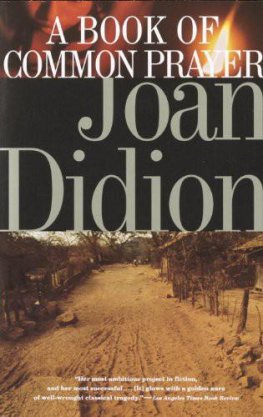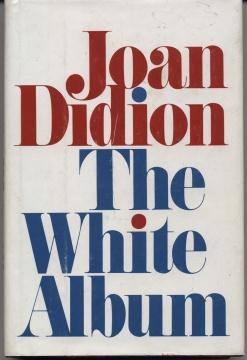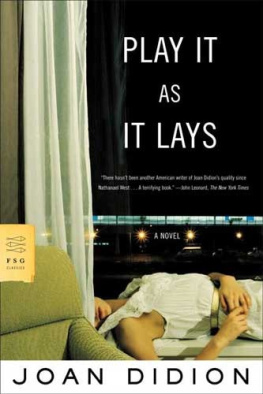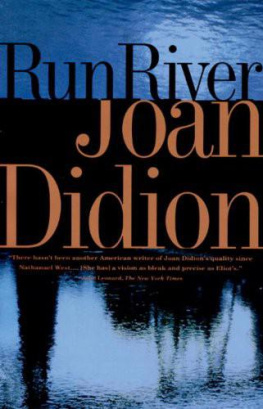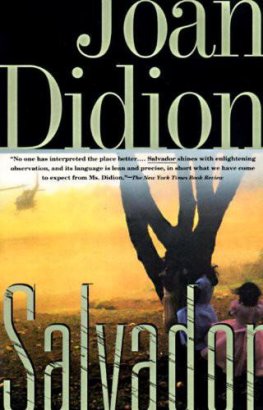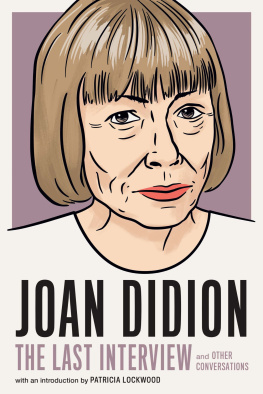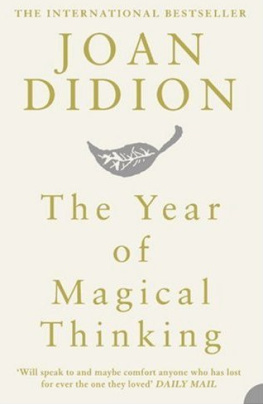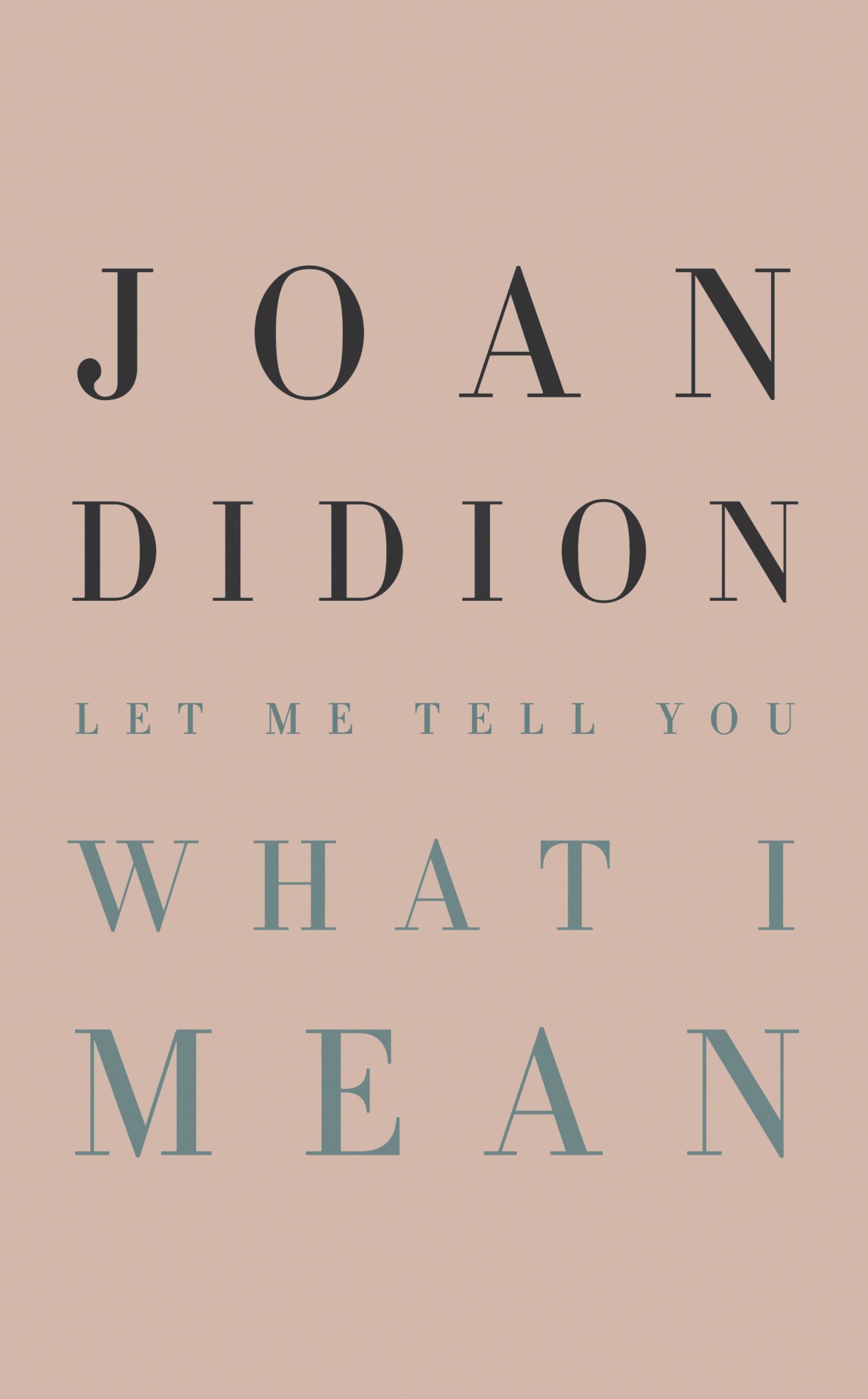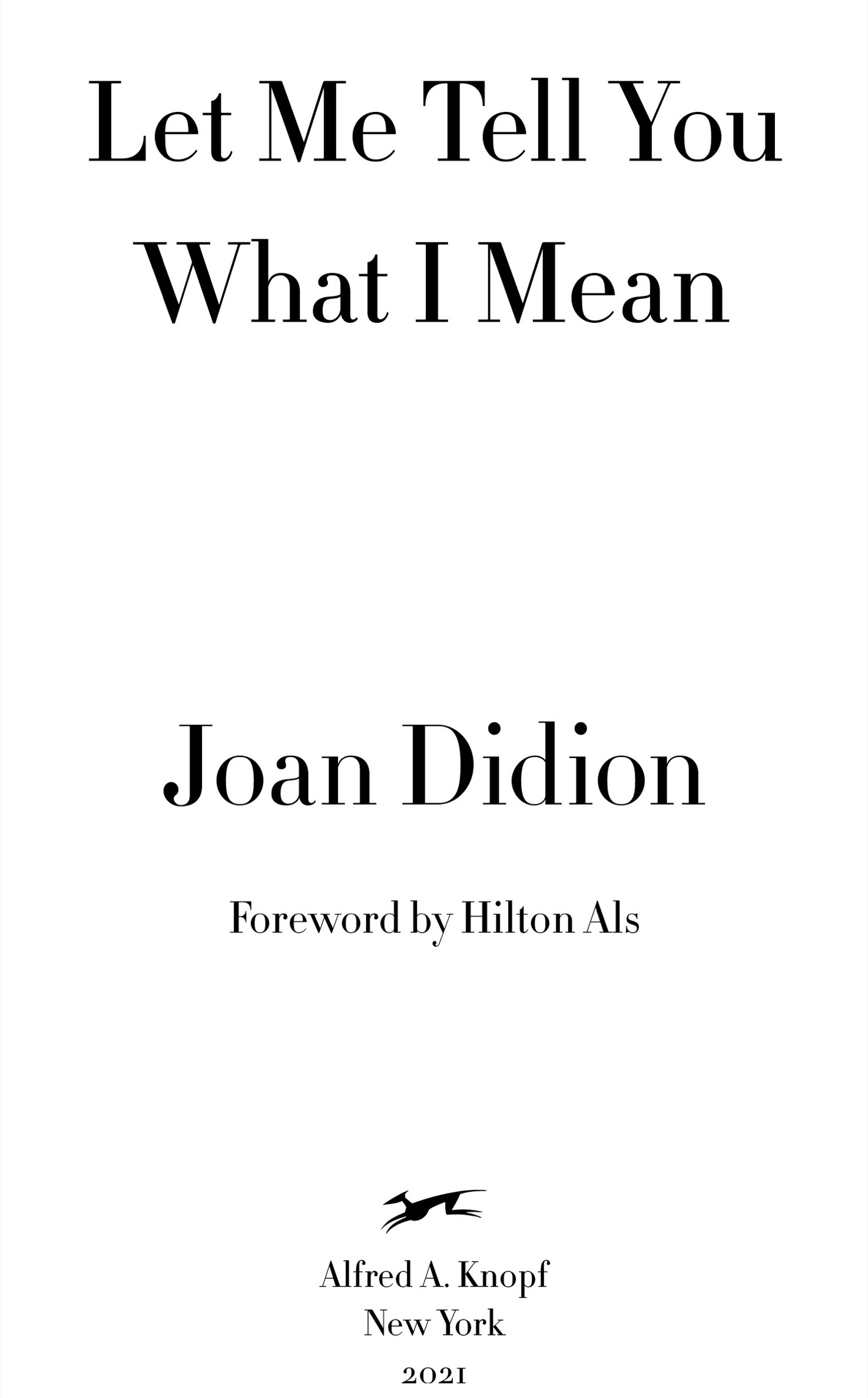ALSO BY JOAN DIDION
Joan Didion: The 1960s & 70s
South and West
Blue Nights
The Year of Magical Thinking
We Tell Ourselves Stories in Order to Live
Where I Was From
Political Fictions
The Last Thing He Wanted
After Henry
Miami
Democracy
Salvador
The White Album
A Book of Common Prayer
Play It as It Lays
Slouching Towards Bethlehem
Run River
this is a borzoi book
published by alfred a. knopf
Copyright 2021 by Joan Didion
Foreword copyright 2021 by Hilton Als
All rights reserved. Published in the United States by Alfred A. Knopf, a division of Penguin Random House LLC, New York, and distributed in Canada by Penguin Random House Canada Limited, Toronto.
www.aaknopf.com
Knopf, Borzoi Books, and the colophon are registered trademarks of Penguin Random House LLC.
Grateful acknowledgment is made to the following for permission to reprint previously published materials:
Little, Brown and Company: Some Women originally published as the introduction to Some Women by Robert Mapplethorpe. Introduction copyright 1989 by Joan Didion. Reprinted by permission of Little, Brown and Company, an imprint of Hachette Book Group, Inc.
HarperCollins Publishers: The Long-Distance Runner originally published as the introduction to The Long-Distance Runner by Tony Richardson. Introduction copyright 1993 by Joan Didion. Reprinted by permission of HarperCollins Publishers.
A shortened version of Pretty Nancy later appeared in The White Album (1979). Why I Write later appeared in the anthology The Writer on Her Work, edited by Janet Sternberg and first published in 1980.
The following essays first appeared in the Saturday Evening Post: Alicia and the Underground Press, Getting Serenity, A Trip to Xanadu, On Being Unchosen by the College of Ones Choice, Pretty Nancy, Fathers, Sons, Screaming Eagles. Why I Write first appeared in The New York Times Magazine; Telling Stories first appeared in New West; Last Words and Everywoman.com first appeared in The New Yorker.
Library of Congress Cataloging-in-Publication Data
Names: Didion, Joan, author.
Title: Let me tell you what I mean / Joan Didion; foreword by Hilton Als.
Description: First edition. | New York : Alfred A. Knopf, [2021] | This is a Borzoi Book published by Alfred A. KnopfTitle page verso. |
Identifiers: LCCN 2020016867 (print) | LCCN 2020016868 (ebook) | ISBN 9780593318485 (hardcover) | ISBN 9780593318492 (ebook)
Classification: LCC PS 3554. I 33 A 6 2021 (print) | LCC PS 3554. I 33 (ebook) | DDC 814/.54dc23
LC record available at https://lccn.loc.gov/2020016867
LC ebook record available at https://lccn.loc.gov/20200168
Ebook ISBN9780593318492
Cover design by Carol Devine Carson
ep_prh_5.6.1_c0_r1
Contents
foreword
A peculiar aspect of Joan Didions nonfiction is that a significant portion of it reads like fiction. Or, more specifically, has the metaphorical power of great fiction. While younger generations may read the master as a kind of window into the mythical 1960s, or 9/11, say, its impossible not to see, too, how Didions examination of racial bias and the Central Park Five, Reagan-era El Salvador, or the smug, violent, white male carelessness that characterized the infamous Spur Posse in Lakewood, California, in the early 1990s, anticipated the deeply troubling politics of today. And while the farsighted Didion is certainly in evidence in a few of her early essays collected in this book of twelve previously uncollected piecesessays ranging from a 1968 report on Gamblers Anonymous to an appreciation of Martha Stewart, published thirty-two years laterwhat makes the early work particularly interesting is how Didions now famous cool and shifting perspective takes a backseat to Didion the Opiner. From 1968s Alicia and the Underground Press:
The only American newspapers that do not leave me in the grip of a profound physical conviction that the oxygen has been cut off from my brain tissue, very probably by an Associated Press wire, are The Wall Street Journal, the Los Angeles Free Press, the Los Angeles Open City, and the East Village Other. I tell you that not to make myself out an amusing eccentric, perverse and eclectic and, well, groovy in all her tastes; I am talking here about something deadening and peculiar, the inability of all of us to speak to one another in any direct way, the failure of American newspapers to get through.
This piece is exceptional for a number of reasons, the primary one being, aside from its decidedly emphatic, cranky tone and the long-ago days that titles like the East Village Other evoke, is Didion laying out a kind of writerly ethos a little further along in the piece.
She says:
The Free Press, the EVO, the Berkeley Barb, all the other tabloid-sized papers that reflect the special interests of the young and the disaffiliated: their particular virtue is to be devoid of conventional press postures, so many of which rest on a quite factitious objectivity. Do not misread me: I admire objectivity very much indeed, but I fail to see how it can be achieved if the reader does not understand the writers particular bias. For the writer to pretend that he has none lends the entire venture a mendacity that has never infected The Wall Street Journal and does not infect yet the underground press. When a writer for an underground paper approves or disapproves of something, he says so, quite often in lieu of who, what, where, when, how.
Of course, part of the remarkable character of Didions work has to do with her refusal to pretend that she doesnt exist. From the time she began writing for The Saturday EveningPost specificallyshe and her husband, John Gregory Dunne, shared a column called Points West for the magazine from 1964 to 1969through masterly late novels such as 1984s Democracy, Didion has wrestled with the I character, which is to say with truth and perspective as it applied to, or appealed to, herself. That she rejected the notion that the world can be filtered through the precepts of journalism and come out on the other side as true radicalized Joan Didions nonfiction from the first. Her narrative nonfiction is a question about the truth. And if her nonfiction is synonymous with anything, says Didion in work after work, it is with the idea that the truth is provisional, and the only thing backing it up is who you are at the time you wrote this or that, and that your joys and biases and prejudices are part of writing, too. And while a few of these pieces were written around the time Didion published some of her justly famous reporting as wellher landmark collection, Slouching Towards Bethlehem, came out in 1968it was Didions fiction that taught her, I think, how to articulate what bugged her by tempering it with humor and a dry little sigh of exasperation. In novels like 1970s Play It as It Lays, and her early masterpiece, 1977s A Book of Common Prayer, the intensities of youth were replaced with the rueful forbearance of the experienced woman who could create protagonists and narrators who had seen their share of stuff go down, or not happen, or whatever. Didion the novelist taught Didion the nonfiction writer.


